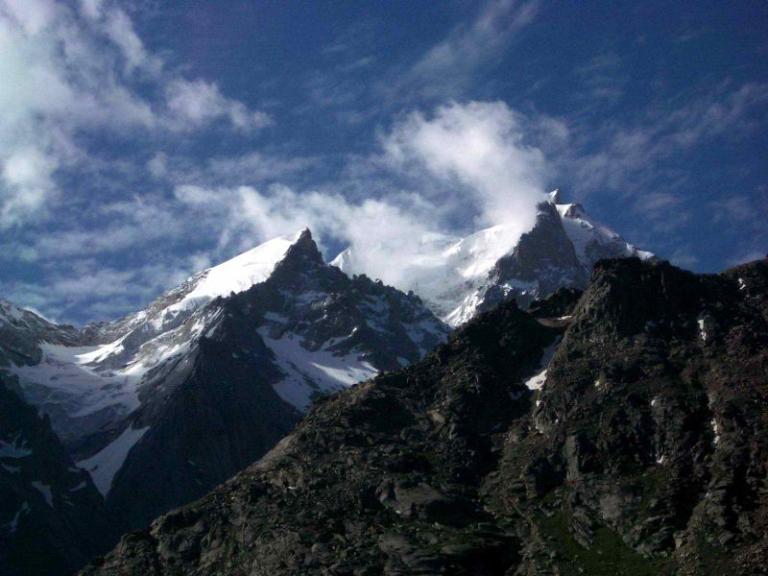
(Wikimedia Commons public domain image)
Compare Luke 4:29-30
I published an extended analysis of part of this passage an appallingly large number of years ago:
“‘Ye Are Gods’: Psalm 82 and John 10 as Witnesses to the Divine Nature of Humankind”
Much more recently, Daniel McClellan published an article in Interpreter: A Journal of Latter-day Saint Faith and Scholarship that’s somewhat critical of my position:
“Psalm 82 in Contemporary Latter-day Saint Tradition”
I actually think that the two approaches are largely reconcilable. But it may take me a while to get around to setting forth my reasons for that opinion.
Moreover, Jesus’ pronouncement in this passage that he and his Father are “one” is one of the bases for the doctrine of the Trinity. In an article entitled “Notes on Mormonism and the Trinity” that I wrote for a festschrift that the Interpreter Foundation published a couple of years ago, “To Seek the Law of the Lord”: Essays in Honor of John W. Welch, I argue that some contemporary Catholic and Protestant theologians are drawing closer to Latter-day Saint understandings of the Godhead via other, and arguably much better, ways of understanding that “oneness.”
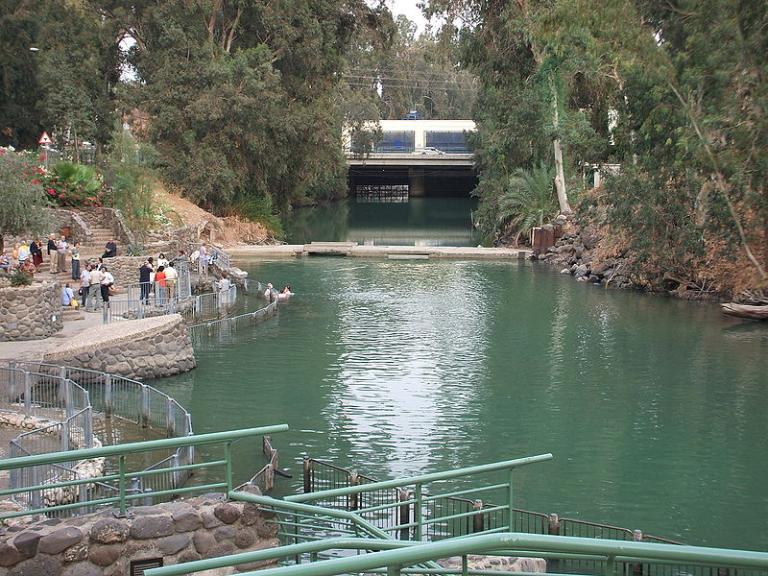
Jesus has just been on the western side of the Jordan River, high up on the north-south mountain ridge that runs through Judea, in the city of Jerusalem.
Now, he withdraws “across the Jordan to the place where John [the Baptist] at first baptized.”
This verse is one of many suggesting that the popular baptismal location up northwards at Yardenit, just south of the Sea of Galilee, cannot possibly be the site of Jesus’ baptism by John. (If you’ve went to Israel several years ago, the odds are very good that you went there; tours routinely pull in at Yardenit, and it is, admittedly, a pretty and peaceful spot, well-developed by the Jewish kibbutz that runs it, that charges for admission, and that has a very well-stocked and very profitable gift shop on the scene.)
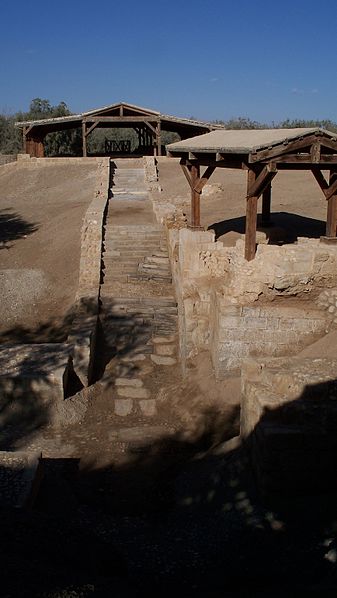
(Wikimedia Commons public domain image)
I’m quite confident, though, that John baptized much further south, and that he was on the eastern bank of the river, in what is now the Hashemite Kingdom of Jordan. Very old local traditions identify a specific location, and I see no obvious reason to reject the idea that they’re more or less correct.
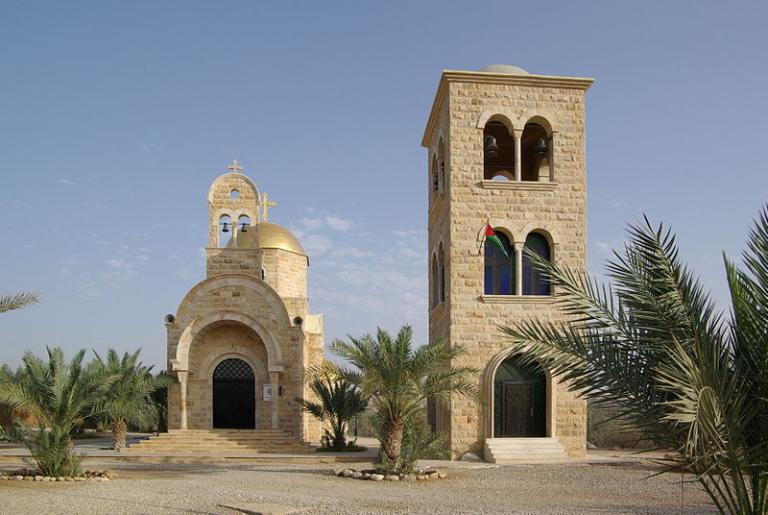
Intriguingly, the site is also strongly associated by tradition with the ministry of the Prophet Elijah.
I first went to that site from the Jordanian side many years ago, in company with the then-president of BYU, Elder Merrill J. Bateman, and the president of the University of Jordan who was showing us around. Since then, the site has been considerably developed on both the Jordanian and Israeli sides of the river, and increasing numbers of tours and tourists visit it. If you visit Israel (or Jordan), that’s where you should go.
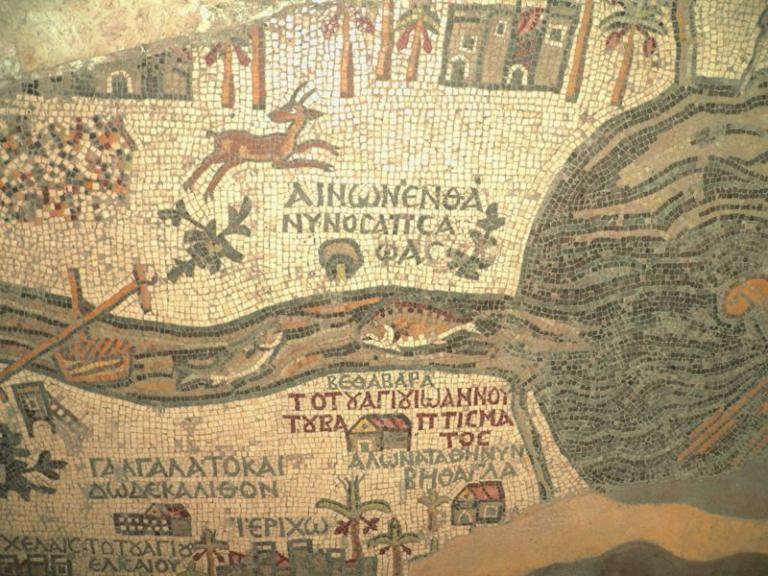
(Wikimedia Commons public domain)
See “Is this the place of Christ’s baptism?”










